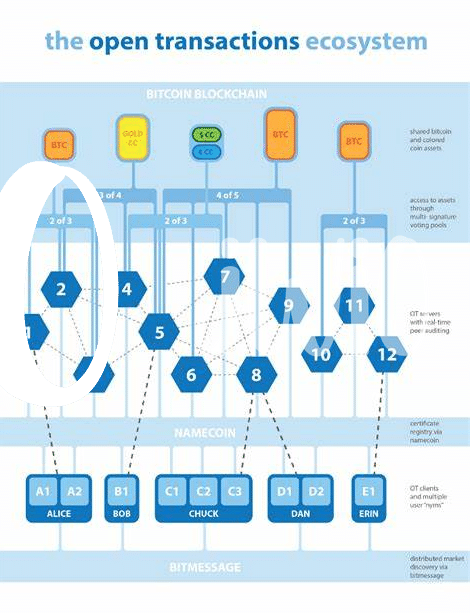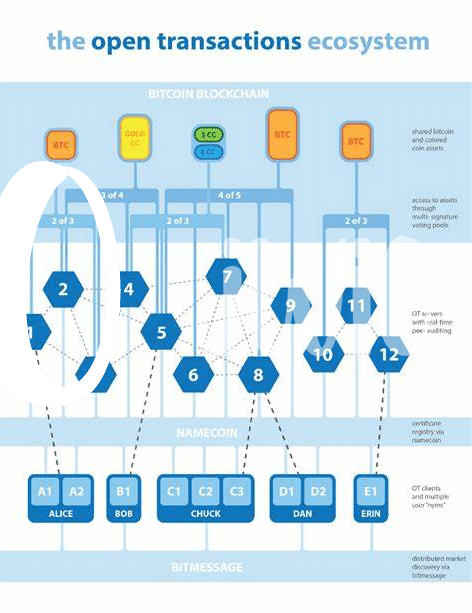What Is Bitcoin Scalability and Why It Matters? 🌍

Imagine a bustling digital world where Bitcoin acts like a high-speed highway for financial transactions. As more people join this digital journey, the traffic gets heavier. Here’s where scalability, the highway’s ability to handle the growing traffic without slowing down, becomes critical. If Bitcoin’s highway can’t expand, it might lead to delayed transactions and higher fees, making it less appealing for everyday use. The goal of scaling Bitcoin is akin to widening the highway so more transactions can flow smoothly and quickly, ensuring Bitcoin remains a useful and efficient form of digital money for everyone around the globe. This need to expand the digital highway while maintaining its security and decentralization is at the heart of the Bitcoin scalability debate.
| Concept | Explanation |
|---|---|
| Bitcoin Scalability | The ability of Bitcoin to handle a growing number of transactions efficiently. |
| Significance | Ensures Bitcoin can be used widely as a fast, reliable form of digital currency. |
The Basics of Bitcoin Block Size Debate 🛠️
Imagine a busy highway, but instead of cars, it’s filled with digital transactions waiting to navigate through Bitcoin’s network. Essentially, the Bitcoin block size debate centers around how large each of these “digital highways” should be to accommodate increasing traffic. On one hand, a bigger block size would mean more transactions can be processed at once, akin to widening the road. However, concerns arise about the feasibility and potential downsides of this approach, sparking a heated discussion within the community.
For a deeper dive into how embracing Bitcoin can benefit not just individual transactions but also empower entrepreneurs in developing countries, one might explore https://wikicrypto.news/the-basics-of-integrating-bitcoin-payments-in-your-store. This discussion isn’t just technical but also profoundly impactful, highlighting the need for careful consideration and community consensus on the way forward. The balancing act between maintaining Bitcoin’s foundational principles and adapting to the needs of its growing user base remains a critical challenge for the cryptocurrency world.
Pros of Increasing Bitcoin Block Size 📈

Imagine going to your favorite coffee shop, where there’s only one barista serving a long line of customers. In Bitcoin, each block in the blockchain kinda acts like this barista, processing transactions. Now, think about what would happen if the coffee shop decided to bring in more baristas. The service would speed up, right? This is similar to what could happen if we increased the size of Bitcoin blocks. By allowing more transactions to be processed at once, it could significantly reduce the time you have to wait for your transaction to be confirmed, making Bitcoin more practical for daily use. 🛠️☕
However, it’s not just about speed. With larger blocks, Bitcoin could potentially lower transaction fees. When the network is less congested, it’s like having a highway with more lanes open during rush hour; there’s less competition to get a spot in the next block, so fees go down. This could make using Bitcoin more affordable for everyone, from big businesses to everyday people wanting to buy a cup of coffee without hefty transaction fees. By improving both speed and cost, the door opens wider for Bitcoin’s adoption worldwide. 💡🌍
Cons of Bigger Blocks in Bitcoin 📉

Imagine a world where everyone wanted to send letters, but there was a limit on how many could be sent through the post office each day. This is similar to what happens with Bitcoin. The idea of making the mailbox bigger (increasing the block size) might seem like a simple solution. However, it’s not all smooth sailing. Bigger blocks mean that it takes more computer power to process each transaction, and not everyone has access to such powerful computers. This could lead to fewer people being able to secure the network, making it more vulnerable to those with bad intentions. Also, as blocks grow, the amount of data everyone needs to store grows too, which could push out those with less storage space, making the whole system lean towards centralization – where only a few big players have control, which is the opposite of what Bitcoin aims to be.
On another front, think about how this impacts people around the world, especially in places where technology resources are scarce. The beauty of Bitcoin is its potential to provide financial inclusivity to underserved areas. Increasing the block size could inadvertently erect barriers for individuals in these regions, complicating their participation in the global economy. For an insightful look into Bitcoin’s role and challenges in different parts of the world, consider the article “bitcoin in emerging markets explained.” This balance of keeping Bitcoin both secure and accessible is crucial as we venture into the future of digital currencies. 🌍💻🚀
Real-world Examples of Block Size Changes 🌐
In the world of digital currency, Bitcoin made headlines not just for its innovative technology but also for the debates it sparked on how it can handle more transactions. One way to understand the impact of block size changes is to look at Bitcoin Cash, a result of a Bitcoin hard fork in 2017. Initially, Bitcoin Cash increased the block size from 1MB to 8MB to allow more transactions within each block, aiming to lower fees and make transaction processing speedier 🚀. This change was like moving from a single-lane road to a multi-lane highway, where more transactions could travel at once, showing a practical approach to scaling.
However, the journey didn’t stop there. Over time, Bitcoin Cash went on to further increase its block size to 32MB, testing the waters of scalability and transaction efficiency. Despite these changes, the debate around block size adjustments continues, illustrating that the quest for the perfect balance between speed, security, and decentralization is ongoing 🌍💡. Through these real-world experiments, the crypto community has gained invaluable insights into the complex dynamics of network scalability, serving as a robust foundation for future innovations in blockchain technology.
Future Possibilities: Beyond Block Size Adjustments 🚀

As we navigate the busy streets of Bitcoin’s future, we must turn our eyes to the horizon, where the landscape is defined by more than just block size adjustments. Innovations are brewing, promising to enhance both the speed and accessibility of Bitcoin. Think of the Lightning Network, a second layer perched atop Bitcoin’s foundational layer, designed to enable quicker and cheaper transactions. It’s akin to carpooling on a highway; by grouping several transactions together, it reduces congestion and allows for a smoother journey for everyone involved. Moreover, advancements in cryptographic techniques, such as Schnorr signatures, offer a promising path to reducing transaction sizes, thus indirectly increasing the network’s capacity. These developments are not just about keeping the Bitcoin network afloat but about ensuring it can sail smoothly as it ventures into uncharted waters.
In parallel, the conversation around Bitcoin’s scalability inevitably touches on its adoption in e-commerce, an arena where the balance between speed and bitcoin privacy concerns explained becomes critically important. As we explore beyond block size adjustments, considering the role of privacy enhancements and more efficient transaction methods becomes crucial. These innovations not only promise to sustain Bitcoin’s relevancy but also to bolster its position as a viable currency in the digital age. By addressing these fundamental aspects, Bitcoin can continue to grow, making digital transactions more seamless and secure for users around the globe.
